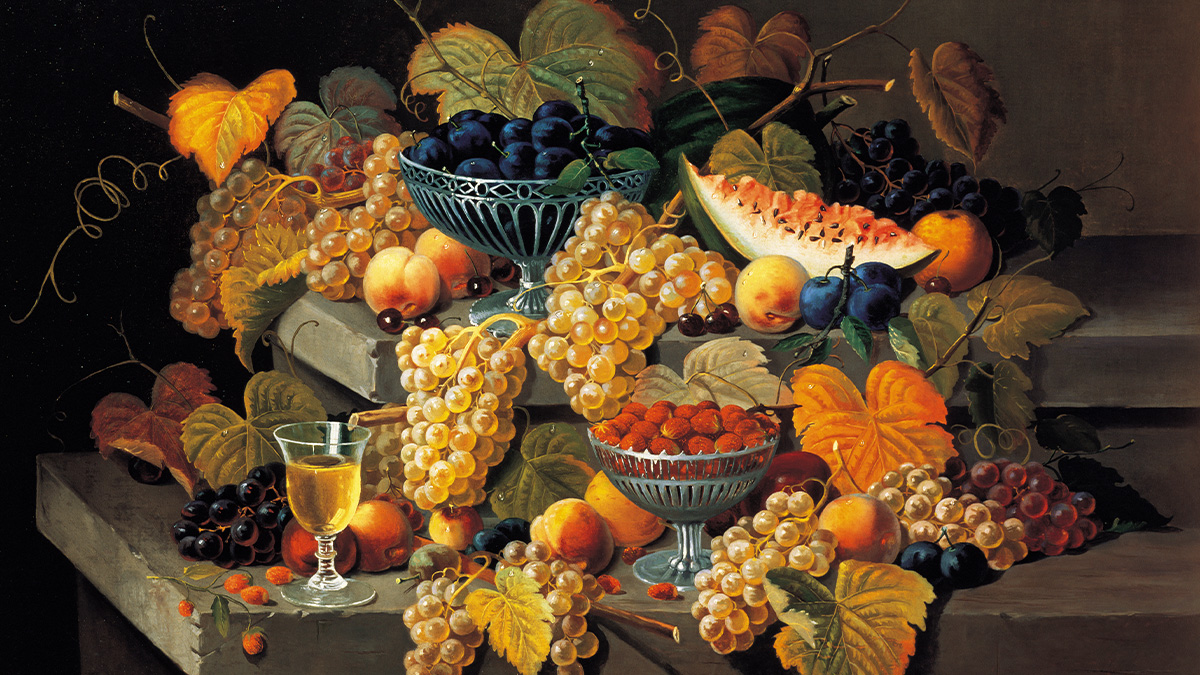Click here to read the Spanish version.
From the classic still life to the digital still life: within its history and evolution is diluted a whole social work that explains how we are, what we have been eating over time or in what cultural context we find ourselves.
Its link with religion, pleasure or wealth is also imprinted in gastronomic still lifes, which had their origins long before the Baroque. In this sense, one of the first samples of proto still lifes were found in Egyptian funerary tombs, in the form of frescoes on the walls that gathered food such as figs, fish, bread or grapes.
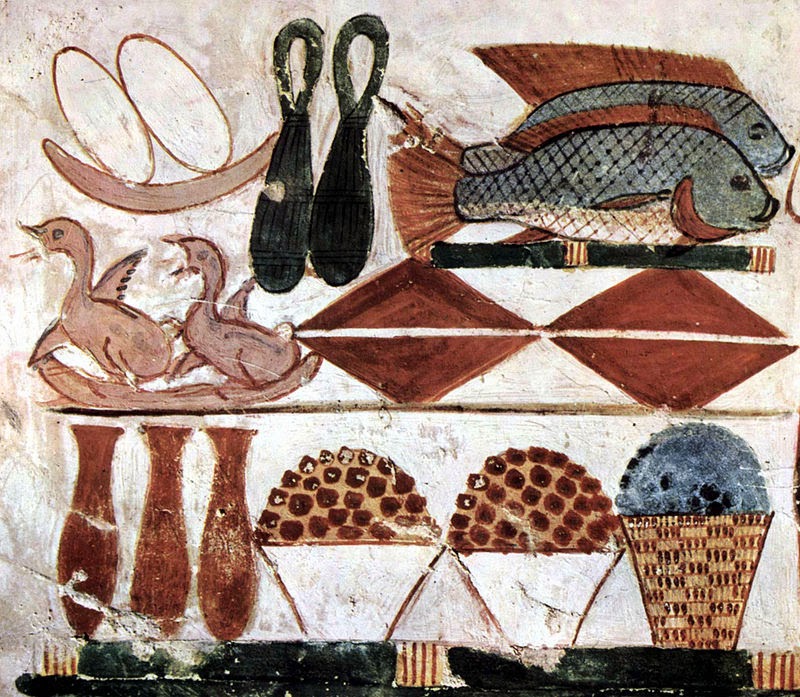
In Ancient Rome, the banquets held by the Romans were immortalized through paintings and mosaics on the walls and floor. Their still lifes dedicated to food, then illustrated the social stratum, luxury, wealth or poverty.
The Renaissance restructured collective thought, as well as art. It was a historical moment in which the still life emerged as an independent genre. In 1596 Caravaggio would lead precisely that revolution when he painted a basket of fruit, which then acquired the same importance as a human portrait.
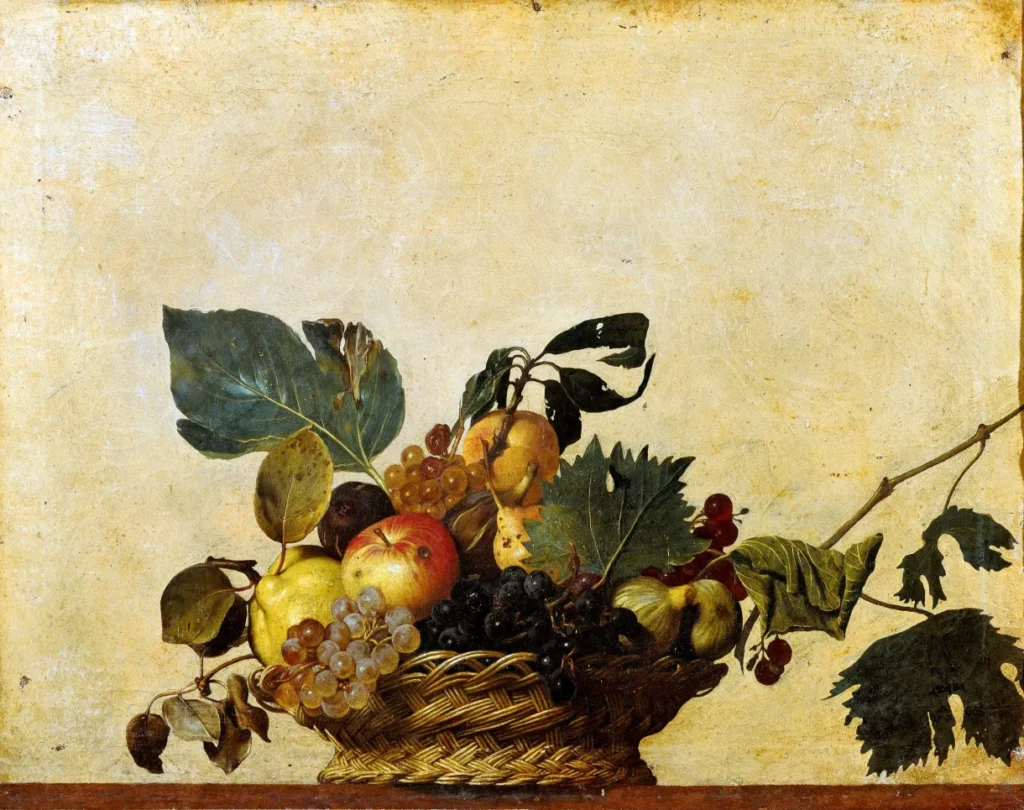
In the 17th century in the Netherlands, still life painting reached its golden age. Artists such as Clara Peeters or Willem Kalf reflected in their still lifes the power of an empire enriched by international trade, among other factors. A status that was also immortalized in art through compositions of symbols of power such as Chinese porcelain, exotic fruits or lobsters.
Thus, while Protestant still lifes in the Netherlands or Germany showed the wealth of a privileged social class, in Catholic countries such as Italy or Spain, Catholic still lifes -which included some religious representation- directly alluded to death or to a much more decadent or impoverished social context.
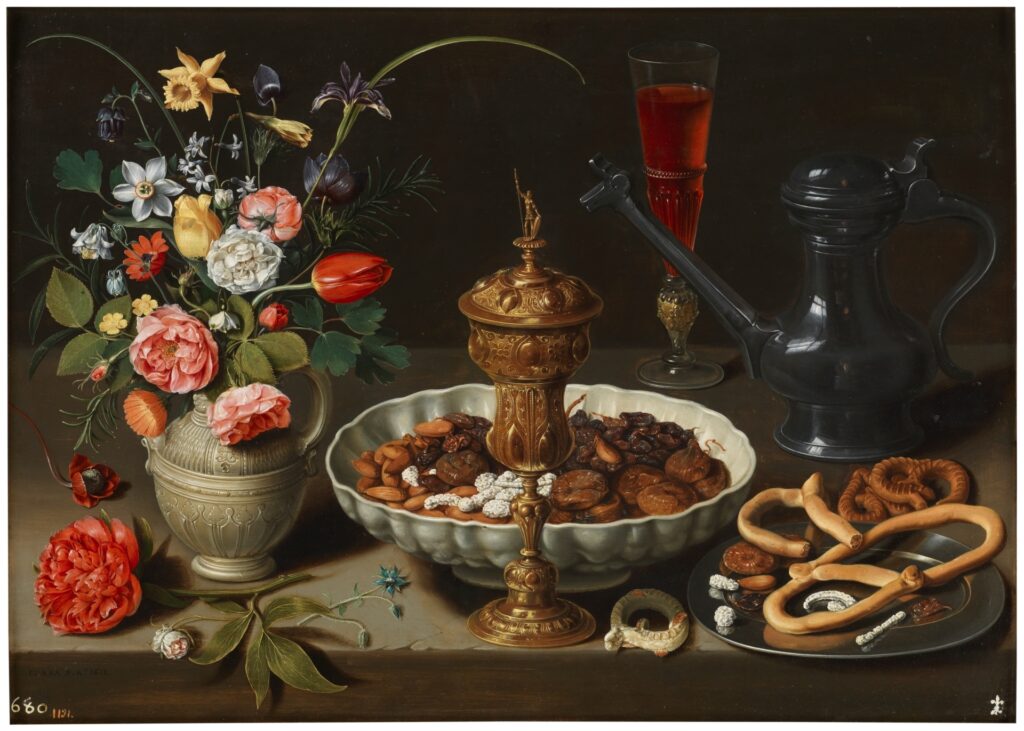
With the advent of photography in the 19th century, the first photographic still life in history was captured by Nicéphore Niépce known as ‘The Table Set’ (1822).
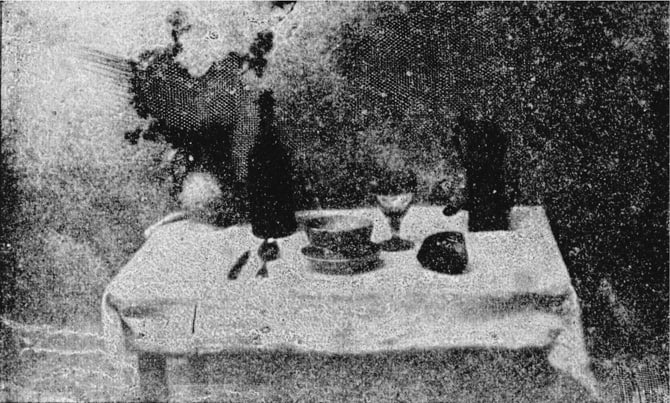
Later, artists of the caliber of Van Gogh explored the art of the still life through flowers from which their most intimate feelings emerged. In the twentieth century, the still life underwent a radical change with the cubist movement, which decomposed reality and plastic forms. Painters such as Picasso and Braque were some of the greatest representatives of still life in various forms, including collage, in which they not only represented objects but also physically incorporated them into the work.
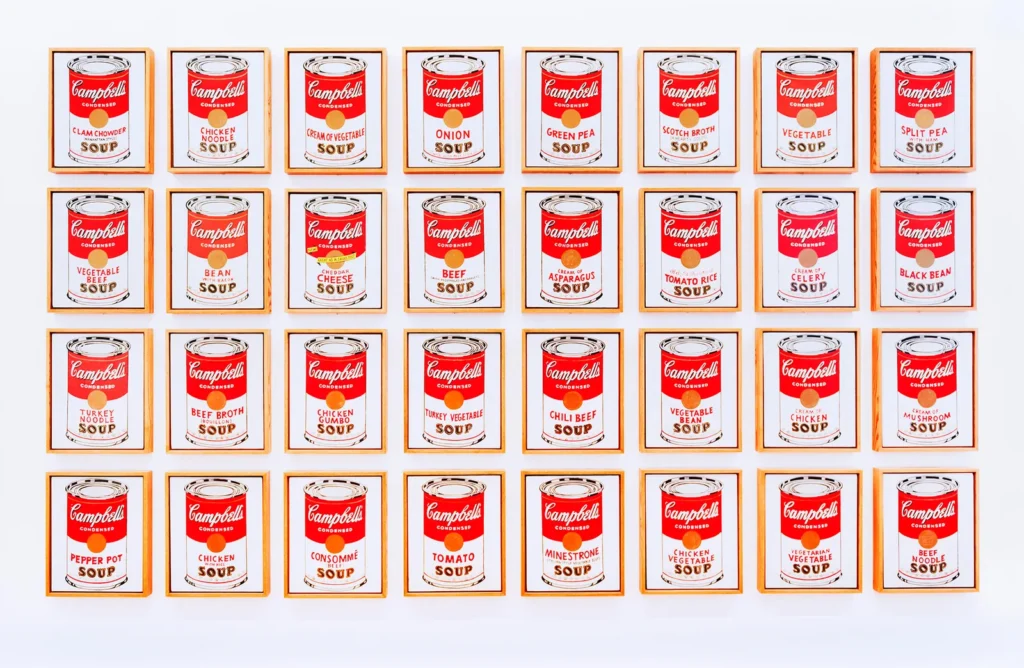
Within the contemporary world, Warhol has been considered another of the artists who has transcended the still life portrait, capturing in his works objects of everyday life, such as Campbell’s soup cans or Coca-Cola bottles. Roses, oysters and lobsters are replaced here by ultra-processed supermarket products, which glimpse the accelerated consumption and freneticism of an era that extends to the present day. One in which the digital or artistic still life is generated through AI, and the physical through empty compositions of meaning as a ‘girls dinner‘ projected by a micro-trend of TikTok.

